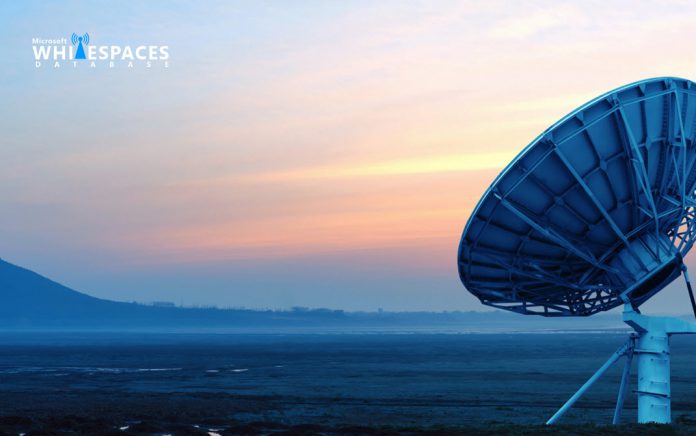Michigan-based Packerland Broadband will leverage TV Whites Spaces to bring high-speed internet to rural areas in northern Wisconsin and the Upper Peninsula of Michigan. The collaboration is initially for four years. Microsoft’s technology will extend the reach of Packerland’s fiber-coax wireless delivery. Also part of the partnership, the internet provider will supply Office 365, Windows hardware, and Microsoft Azure services to consumers, students, and organizations in the region. Furthering Azure adoption, Packerland will also make the cloud platform a bigger part of its operations. “Partnering with Microsoft allows us to bring new services and push our services further into the rural landscape in our region and beyond,” said Cory Heigl, vice president of Packerland Broadband. “We are the people we serve, and in this part of the world, we want to make an impact for the better. Our partnership with Microsoft will help us to influence lives by improving at-home education, enhancing economic opportunities, keeping up with health care advancements and furthering the agricultural innovation of our rural communities.”
TV White Spaces
Microsoft has been a leader in promoting TV White Space technology to deliver low cost internet. The White Space signal sits on the 470MHz to 790MHz frequencies, lower than cellphones. This unused frequency in the television spectrum can be used a buffer for Wi-Fi connectivity. TV White Space has been successfully used in several regions, not least recently in Puerto Rico to help the island recover from a hurricane. The company is pushing the FCC in the United States to approve using TV White Space. “This partnership with Packerland Broadband will help us address the rural broadband gap in northern Wisconsin and Michigan’s Upper Peninsula,” said Brad Smith, president of Microsoft. “Broadband has become the electricity of the 21st century, essential for education, business, agriculture and health care. Microsoft’s Airband Initiative is focused on bringing this necessity of life to 2 million people in rural counties by 2022.”




